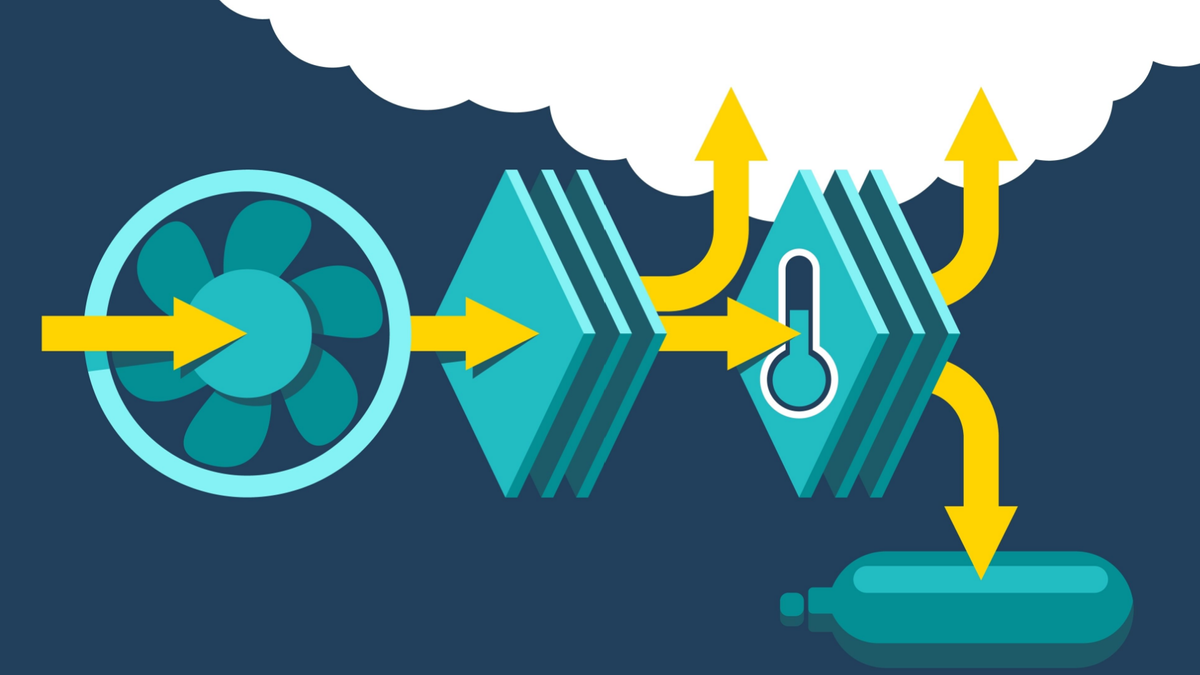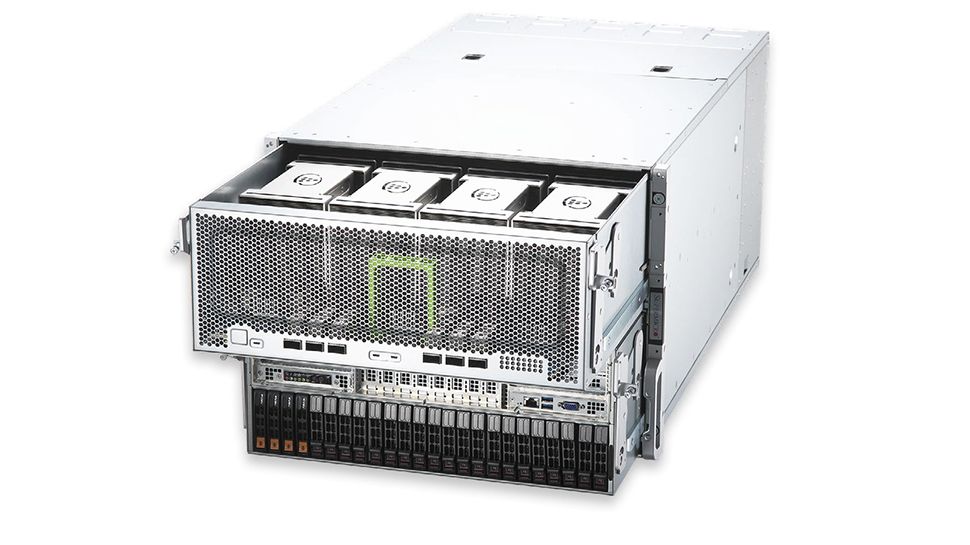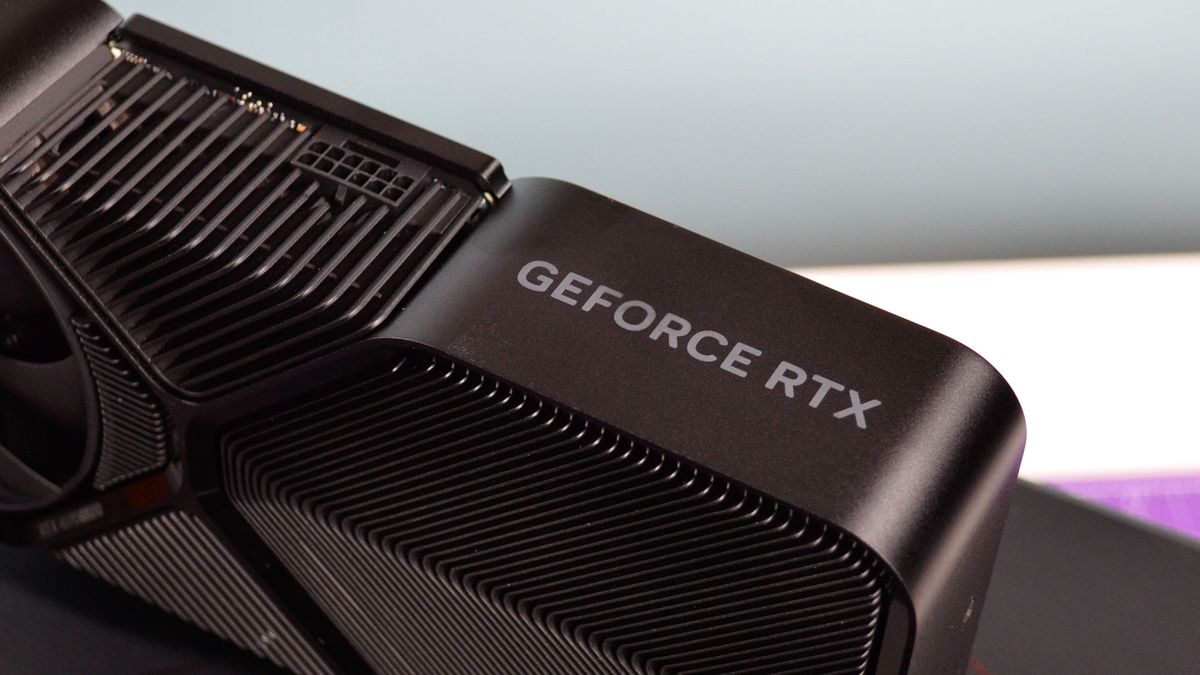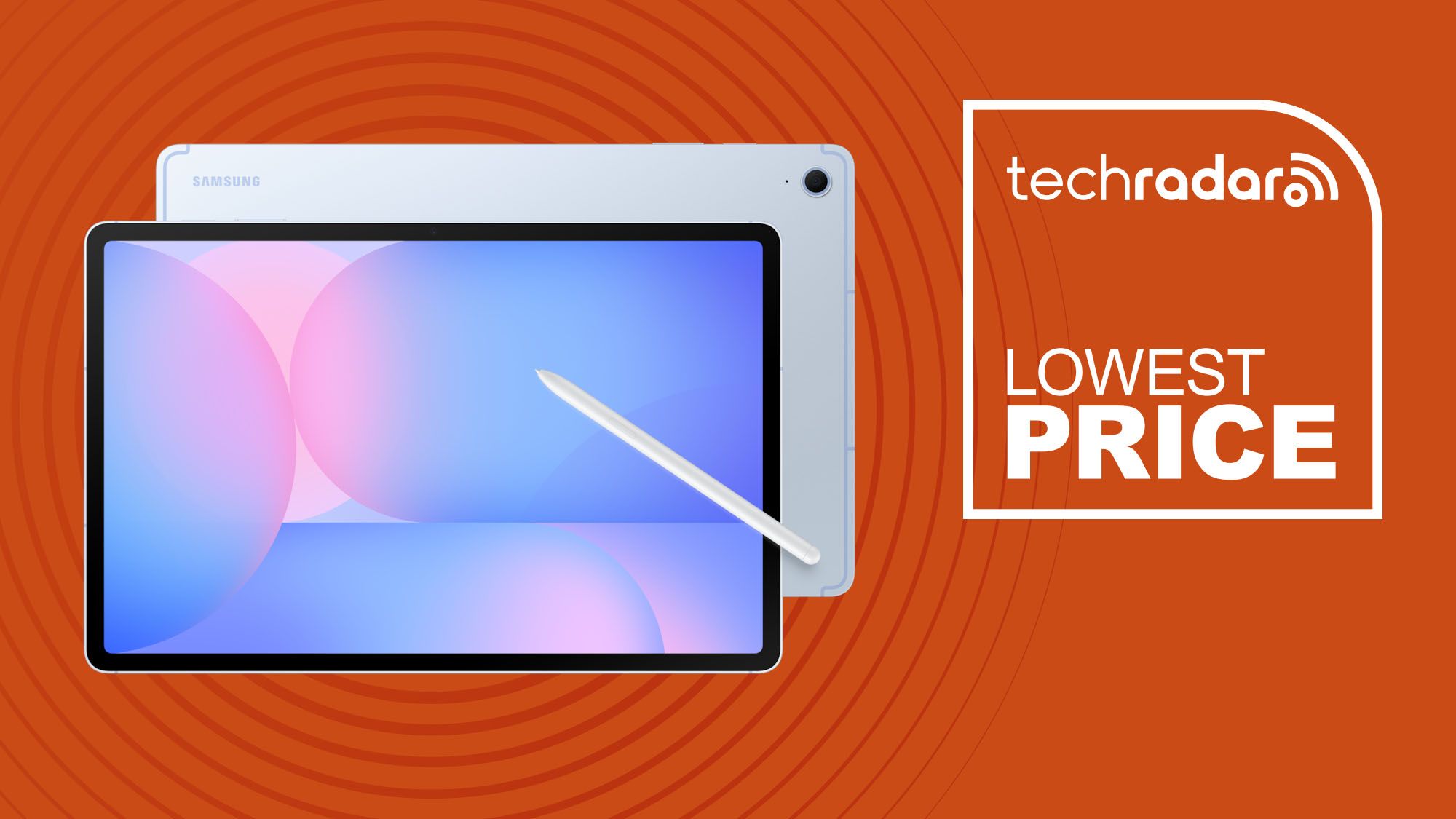Immediately after announcing that Google Workspace Administrators can now Track your company's electricity consumptionGoogle has revealed another trick up its sleeve as it works to reach its goal of being carbon-free by 2030.
The company has announced a deal with direct air capture (DAC) company Holocene to produce carbon removal credits worth $100 per tonne of CO2 removed from the atmosphere, which Google claims It is the cheapest price negotiated for the use of DAC technology.
Google expects the credits to be delivered in the “early 2030s,” though it was keen to stress that the technology is in the early stages of development and faces a number of hurdles, including cost and capacity.
Direct Air Capture: What is it and why isn't it ready yet?
Direct air capture works by using chemical or physical extraction to capture CO2 from ambient air for storage underground or reuse in products. 2022 Report of the Intergovernmental Panel on Climate Change (IPCC) says billions of tonnes of CO2 will need to be removed from the atmosphere by 2050 to halt climate change, and cites DAC as one of the most promising ways to achieve that goal.
Carbon removal credits, earned through the DAC, are incentives for companies to work towards becoming carbon-free; the credits have a value and can then be sold wholesale.
Google is mitigating the cost barrier primarily by providing upfront financial support to Holocene and accepting carbon removal credits from its lowest-cost facilities. Holocene combines liquid- and solid-based removal systems, which Google believes will reduce the cost of DAC operations over time.
In addition, the United States government has developed the 45Q tax credit – incentivize development and investment in DAC by granting eligible suppliers such as Holocene $180 per tonne mined.
Perhaps the biggest obstacle to DAC is its current lack of scale. As of today, DAC plants can produce no more than 2,000 carbon removal credits per calendar year. Google estimates that the Holocene will capture 100,000 tons of CO2 by the early 2030s deadline, but it also says that this amount is nowhere near enough to meaningfully address climate change.
He believes that achieving low-cost DAC on a smaller scale is key to giving confidence to the “carbon removal market,” which is important, even if it seems deeply exhausting to see such an important goal reduced to the terminology of shares, stakes, and holders.









